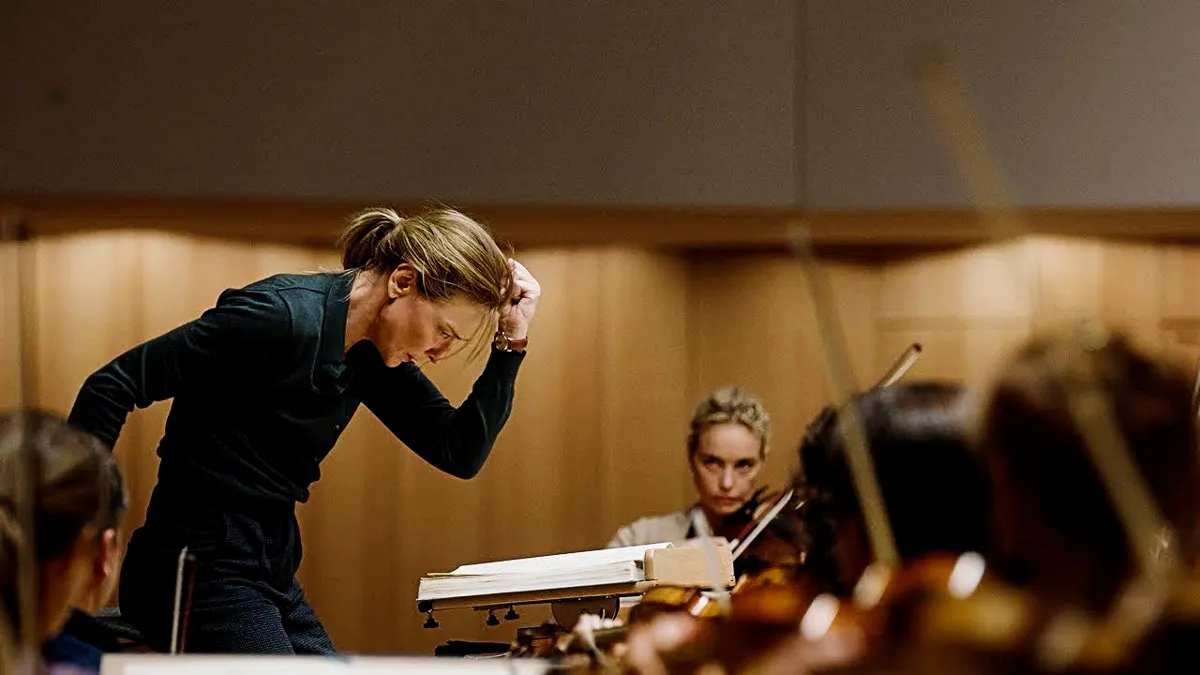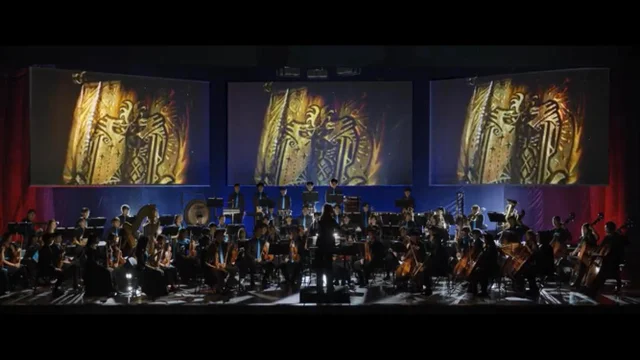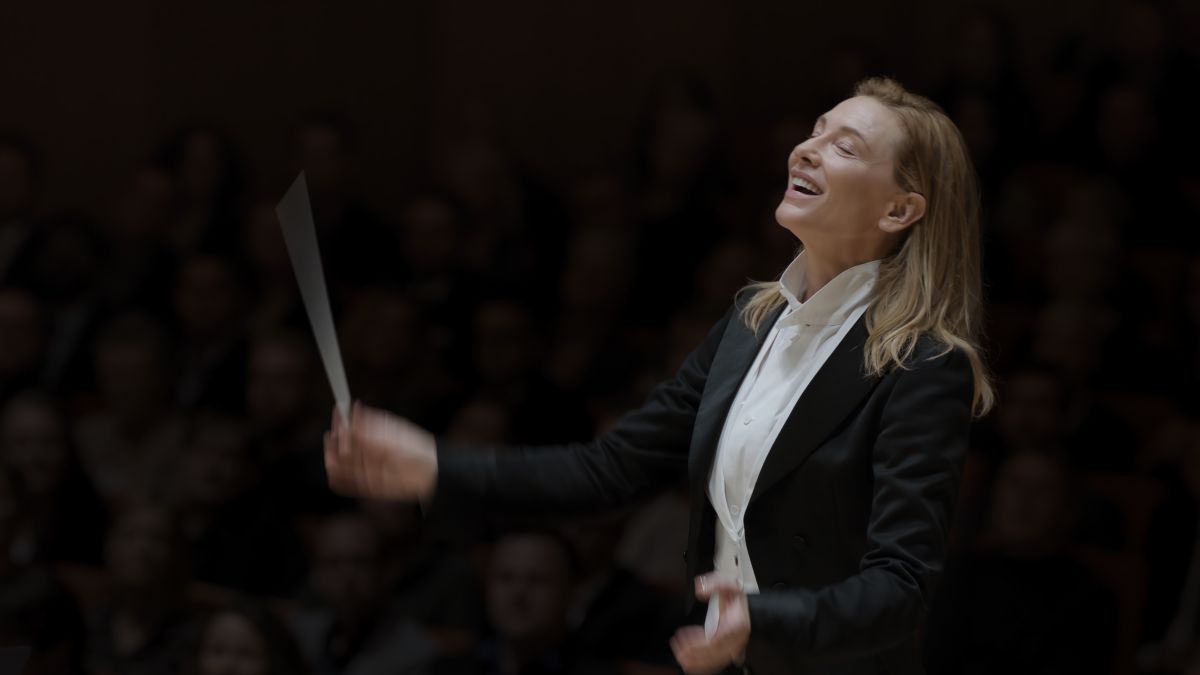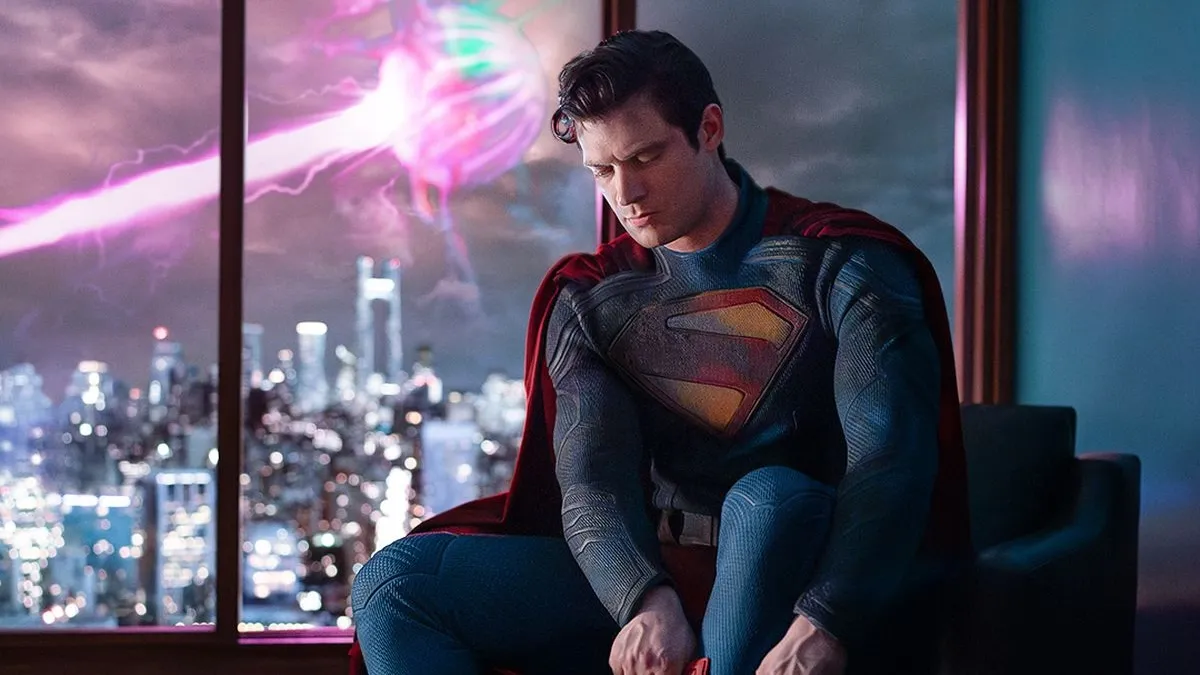In the first scene of Tár, Cate Blanchett’s titular character Lydia Tár makes an eloquent and pretentious speech about her mastery over time as a conductor. “Time is the essential piece of interpretation,” she says. “You cannot start without me. I start the clock. My left hand shapes, but my right hand—the second hand—marks time and moves it forward.
“However,” she says, “unlike a clock, sometimes my second hand stops, which means that time stops. Now, the illusion is that, like you, I’m responding to the orchestra in real time, making the decision about the right moment to restart the thing, or reset it, or throw time out the window altogether. The reality is that right from the very beginning, I know precisely what time it is, and the exact moment at which you and I will arrive at our destination together.”
Lydia may be a gifted conductor and musician, but she’s also a sexual predator and a bully, and throughout the movie, her crimes begin to catch up with her—especially her role in driving her protégée Krista to suicide. There’s so much going on in this movie that it would take a thousand thought pieces to really plumb its depths, but here I’ll focus on one element in the film: Lydia’s hubris in thinking she can control her own story the same way she controls time in a performance. There’s one tiny detail at the end, which I originally missed, that seems to obliterate Lydia’s control over time for good.
Lydia loses control of her story

Lydia revels not just in her control over music, but her control over other people. She strings Francesca along, only to pass her over for the position of assistant conductor. She builds her career off of an Indigenous community in Peru without ever seeming to give anything back to them. She pursues younger women for sexual favors, and then jettisons them when they become inconvenient.
As the film progresses, though, some uncanny things begin to happen to Lydia. She hears screams in the park while going for a jog. A mysterious maze pattern begins to crop up. If you look very closely, you see what appears to be Krista’s ghost hovering in the corners of Lydia’s home—and after one sighting by Lydia’s piano, the camera angle switches so that you’re watching Lydia from Krista’s point of view. At one point, Lydia’s metronome starts going all by itself. Some unseen force is stepping in to wrest control away from her.
Significantly, the surrealism of the story ramps up when Lydia drops off Olga, the new cellist she’s trying to seduce, at Olga’s apartment building. This is the juncture at which Lydia seems to decide she’s going finally act on her attraction to Olga. Olga disappears into the building, and Lydia descends into a forbidding-looking basement. An ominous black dog growls at her and she flees back up the staircase, smacking her face on the pavement.
This scene is the point at which the movie starts to feel hallucinogenic. We get huge time gaps, and nothing seems to make sense anymore. Lydia is fired from her position, yet somehow ends up backstage, with no one stopping her until she shoves the new conductor off the podium. She tries to hire a sex worker, only to panic when the woman, marked 5 like the Mahler symphony Lydia dreamed of conducting, defiantly stares her down. The story begins to feel like a swift and disjointed fever dream, leading some critics to wonder if it’s an extended dream sequence.
I don’t think we need to read the story quite so literally to see what’s happening to Lydia. She’s lost control of her own story. She doesn’t get to control Olga—or Francesca, or Sebastian, or anyone else who was previously in her thrall. Someone else’s hand is on the baton.
And it all comes to a head in the final scene.
The Monster Hunter concert isn’t just about a loss of status

In the final scene, Lydia finally conducts a live performance—the first we see in the movie. She steps up to the podium, raises her arms theatrically, and waits as giant screens descend behind the orchestra. As they begin to play, we see that she’s at a video game concert, performing the music from Monster Hunter to fans in cosplay.
When I saw the movie, I read that scene as a simple loss of status. The world-renowned leader of the Berlin Philharmonic, reduced to performing for—ugh!—geeks? Unthinkable! Then there’s Lydia’s racism: just as she started her career doing fieldwork in Peru, and leans heavily on Jewish theology in her work despite not being Jewish, she travels to Southeast Asia to revive her career. Her interactions with people less powerful than her are always a means of gaining even more power. Screenwriter Carol Grant breaks it down in this Twitter thread:
But that’s not all that’s going on in the final scene. Onstage, Lydia is handed headphones, which she puts on before the music starts. The headphones caught my eye, because I remembered seeing a photo of the conductor of the Legend of Zelda: Symphony of the Goddesses tour wearing them. Why did video game orchestra conductors wear headphones? I never bothered to find out.
Luckily, video game fans on Twitter knew exactly what was going on the movie. They immediately realized that during the concert, Lydia is listening to a click track, or a metronome that helps conductors sync the orchestra’s music with the video playing behind them.
Time, in Tár, is a potent metaphor for Lydia’s control of the world around her—her performers, her donors, her admirers, and her targets. It’s fitting that, in the end, she’s reduced to acting as a human metronome. She’s no longer the virtuoso who shapes time and fate in the palm of her hand. Instead, she’s a powerless follower, drifting in their currents and eddies while a vengeful ghost looks on.
(featured image: Focus Features)









